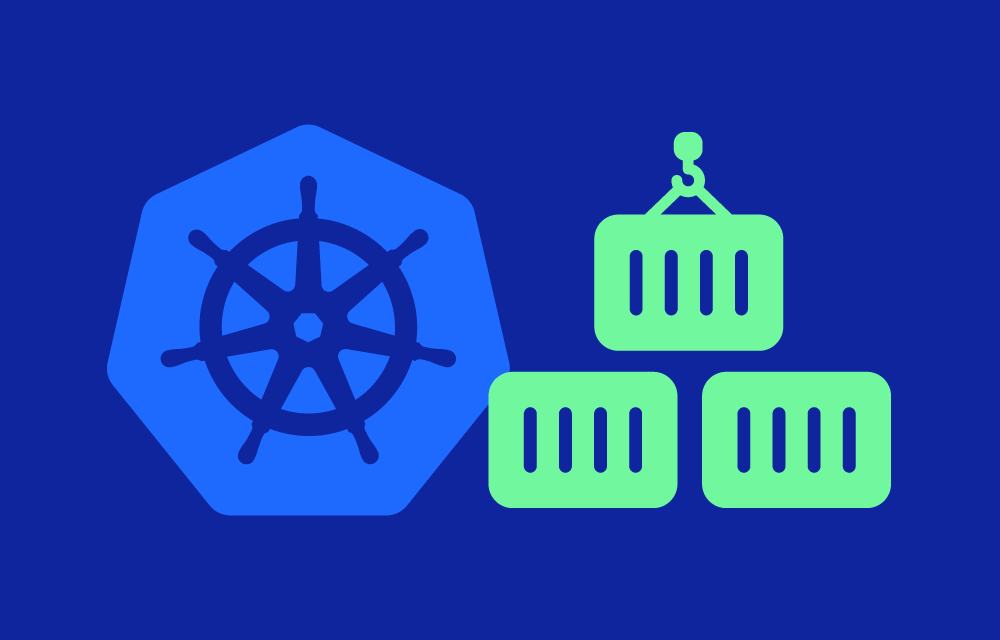How Containers Work in Kubernetes:
Kubernetes uses containers to encapsulate and run applications in a controlled, isolated environment. Containers in Kubernetes run on Pods, which are the smallest deployable units. Each pod can contain one or more containers that share the same resources, such as storage and networking.
Key aspects of containers in Kubernetes include:
- Isolation:
Each container runs in its own isolated environment, independent of other containers. This ensures that applications don’t interfere with one another, even when running on the same underlying infrastructure. - Portability:
Containers encapsulate all the dependencies an application needs, making them portable across different environments, such as local machines, data centers, or cloud providers. - Scalability:
Kubernetes automatically scales containers to meet workload demands by adding or removing pods as needed. This enables applications to handle traffic spikes without manual intervention. - Orchestration:
Kubernetes automates the deployment, scaling, monitoring, and management of containers across a cluster of machines. It schedules containers onto nodes (physical or virtual machines) based on available resources and workload requirements.
Benefits of Using Containers in Kubernetes
- Consistency Across Environments:
Since containers package all necessary dependencies, they ensure that applications run the same way in development, testing, and production environments, eliminating configuration inconsistencies. - Resource Efficiency:
Containers are lightweight and share the host operating system’s kernel, consuming fewer resources compared to traditional virtual machines, which require separate OS instances. - Scalability and Flexibility:
Kubernetes can automatically scale containers horizontally by increasing or decreasing the number of pods, enabling efficient resource utilization and performance optimization. - High Availability:
Kubernetes ensures high availability by automatically restarting containers if they fail, distributing containers across nodes to avoid single points of failure, and rolling out updates without downtime.
Example of a Container in Kubernetes:
apiVersion: v1
kind: Pod
metadata:
name: my-app-pod
spec:
containers:
- name: my-app-container
image: nginx:latest
ports:
- containerPort: 80
In this example:
- A pod named
my-app-podruns a single container using thenginximage. - The container listens on port 80 for web traffic.
Common Use Cases:
- Microservices Architecture:
Containers are ideal for running microservices, where each service is packaged and deployed independently. Kubernetes manages the lifecycle and scaling of these containers, ensuring efficiency and reliability. - Cloud-Native Applications:
Containers, managed by Kubernetes, are the foundation of cloud-native applications. This allows developers to build, deploy, and scale applications across any cloud platform seamlessly. - CI/CD Pipelines:
Containers ensure consistency between different stages of development, from coding to testing to production. Kubernetes helps automate deployment workflows and makes rolling updates easy and reliable.
Challenges:
- Security Risks:
Containers share the same operating system kernel, meaning that vulnerabilities in the kernel can affect all containers running on the same host. Security best practices, such as regular patching and container image scanning, are essential. - Networking and Persistent Storage:
Containers are stateless by nature, which can be challenging when managing applications that need persistent storage or complex networking setups. Kubernetes provides tools to address these issues, but they require careful configuration.
References:



